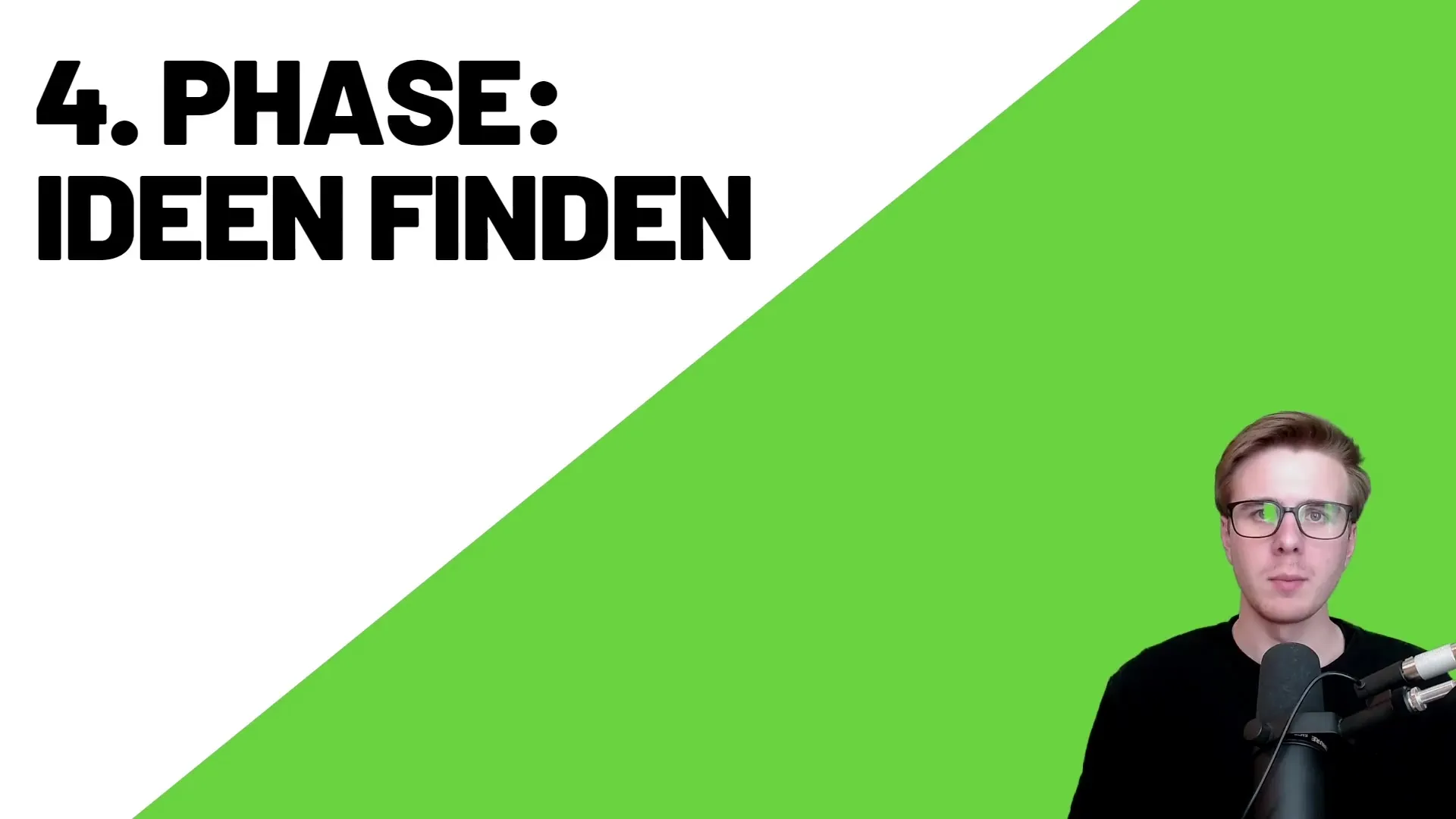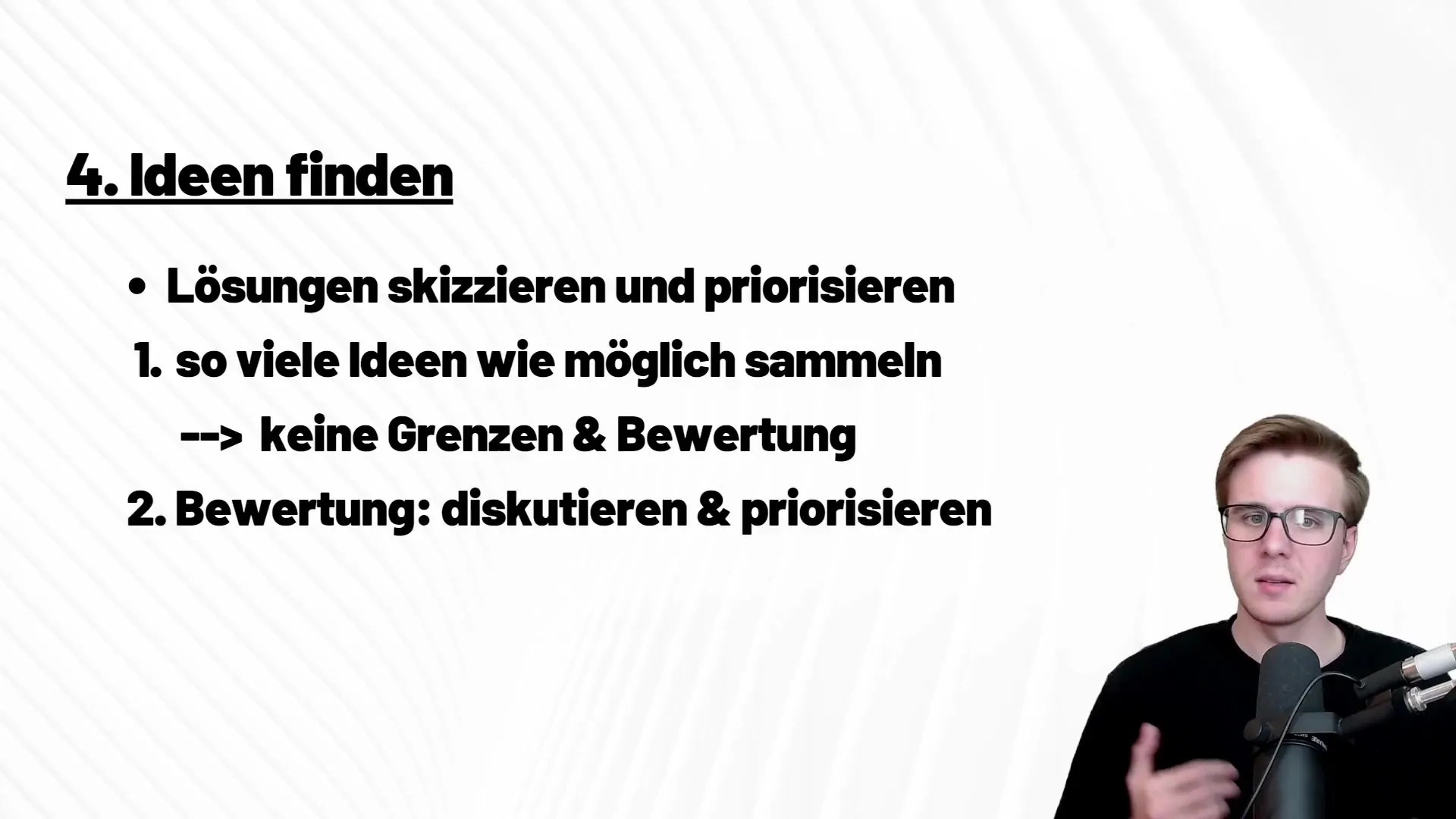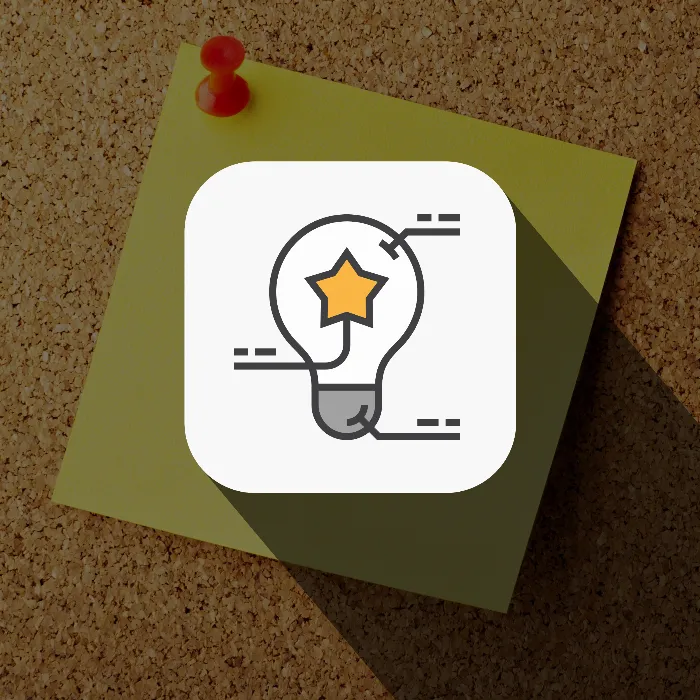Idea generation is an exciting phase in the Design Thinking process and plays a crucial role in the development of innovative solutions. It is important that you immerse yourself in this phase of creativity and consider various approaches. In the following, I will show you how you can effectively design this process to eventually arrive at a more valid prototype.
Key Insights
- Idea generation requires no inhibitions; every idea belongs on the table.
- Ideas need to be discussed and prioritized to identify significant solutions.
- Simplicity in the solution can significantly increase customer value.
Step 1: Collect Ideas
Start by collecting ideas without holding back. The fundamental rule of this phase is to list as many ideas as possible without evaluating them immediately. This allows you to consider even the most offbeat or unbelievable suggestions. It is not uncommon for the best solutions to ultimately emerge from these quirky ideas. Capture all ideas and let your creativity flow freely, without fear that an idea may not be good enough.

Step 2: Discuss the Collected Ideas
After collecting the ideas, you should discuss them in the second phase. Discuss all ideas without focusing on the person who expressed them. The focus here is solely on the content of the ideas themselves. This is the moment when you also consider whether these proposals are realistically implementable or not. Ensure to conduct an appreciative discussion where each idea receives consideration.

Step 3: Prioritize the Ideas
After all the ideas have been discussed, it's time to prioritize them. In this phase, the goal is to create a ranking and filter out the most feasible ideas. Consider which suggestions can be excluded based on budget, time, or other critical factors. Focus on ideas that are both feasible and meaningful. You can support this part of the process with a vote where the entire team can express their opinions on the proposals.
Step 4: Choose the Simplest Solution
Now is the time to select the simplest solution with the least amount of energy expenditure. Energy includes not only financial costs but also time and all other resources that need to be invested in the project. By choosing the simplest solution, you ensure that customer value is optimally met. Improvements in the solution that still meet your customer's specific requirements are the key to success.
Step 5: Conclusion of Idea Generation
Once the prioritization is complete and the simplest and most effective idea has been chosen, the phase of idea generation is already over. You now have clear approaches that allow you to move on to the next phase of Design Thinking and start conceptualizing your prototype. This phase is not only about contemplating theoretical ideas but also about testing practical applications of ideas.
Summary
Idea generation is a creative process that supports you and your team in developing multiple approaches to solving a problem. With a structured approach, this phase can be efficiently carried out to select the best solution in the end.
Frequently Asked Questions
How many ideas should I collect during brainstorming?As many as possible without immediately evaluating them.
How do I prioritize the ideas?Discuss the ideas and filter them based on feasibility, budget, and time.
What if I can't collect any ideas?Let your creativity flow, allow yourself to think of even quirky suggestions, and encourage an open dialogue.
How do I find the simplest solution?Analyze the ideas in terms of energy expenditure, including costs and time, to identify the best options.


